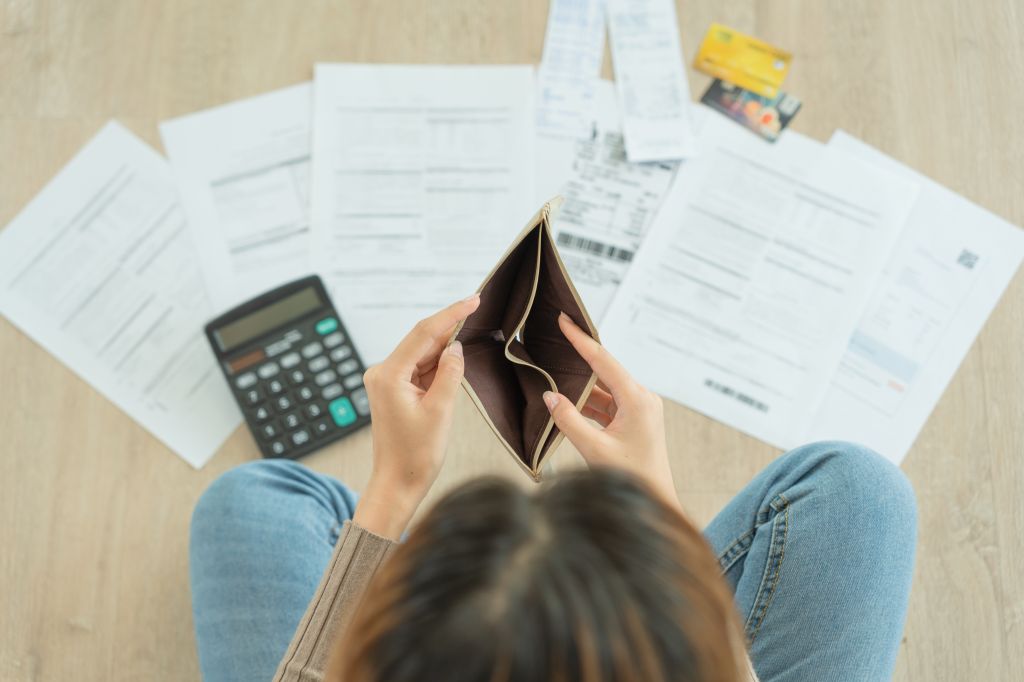Published July 13, 2023 • 3 Min Read
Having a money emergency can naturally lead to stress and uncertainty. While there are many potential causes — a sudden loss of income, medical expenses or unforeseen car repairs — no one is ever fully prepared to handle them.
It’s important to remember you’re not alone, and there are steps you can take to help.
Step 1: Review the situation
The first step is assessing your situation. Take a deep breath and look at your current financial condition. Understanding the nature of the emergency and the immediate financial need is crucial, as it will define your next course of action.
Step 2: Determine the severity
Once you’ve assessed the situation, ask yourself how severe it is. This can help you understand how quickly you need to address the issue, and how you will fund it. For example, think about:
-
The impact it may have on your overall finances
-
How long the crisis may last
-
If it might affect your ability to cover essential expenses
Step 3: Develop your plan
-
Prioritize your expenses: Start by covering the most critical expenses such as food, healthcare, housing and utilities. These are necessities for your well-being. Review your regular expenses and see if there are areas where you might cut back temporarily to free up funds.
-
Use emergency funds: Emergency funds are designed for situations like these. If you have savings or an emergency fund, this is likely the moment to use it.
-
Look for additional income: Consider government support programs that may be available to help you. For example, if a job loss causes your crisis, you may qualify for unemployment benefits or other financial aid.
Step 4: Seek professional help
It may not be necessary, but consider speaking to a financial professional if you’re overwhelmed. They can help you create a detailed plan or offer guidance on budgeting, debt management, or accessing additional resources.
Step 5: Start or rebuild an emergency fund
Once the emergency has passed, and you feel that you’re back on stable ground, it’s a good idea to start rebuilding your emergency fund. No one likes to think about being in a similar situation again, so having a cushion — just in case — may give you peace of mind.
Navigating a financial emergency isn’t easy, but by following a thoughtful, step-by-step approach, it’s possible you can maintain control of your finances and come out the other side. Taking these basic steps can help equip you to meet your financial challenges and thrive.
This article is intended as general information only and is not to be relied upon as constituting legal, financial or other professional advice. A professional advisor should be consulted regarding your specific situation. Information presented is believed to be factual and up-to-date but we do not guarantee its accuracy and it should not be regarded as a complete analysis of the subjects discussed. All expressions of opinion reflect the judgment of the authors as of the date of publication and are subject to change. No endorsement of any third parties or their advice, opinions, information, products or services is expressly given or implied by Royal Bank of Canada or any of its affiliates.
Share This Article






